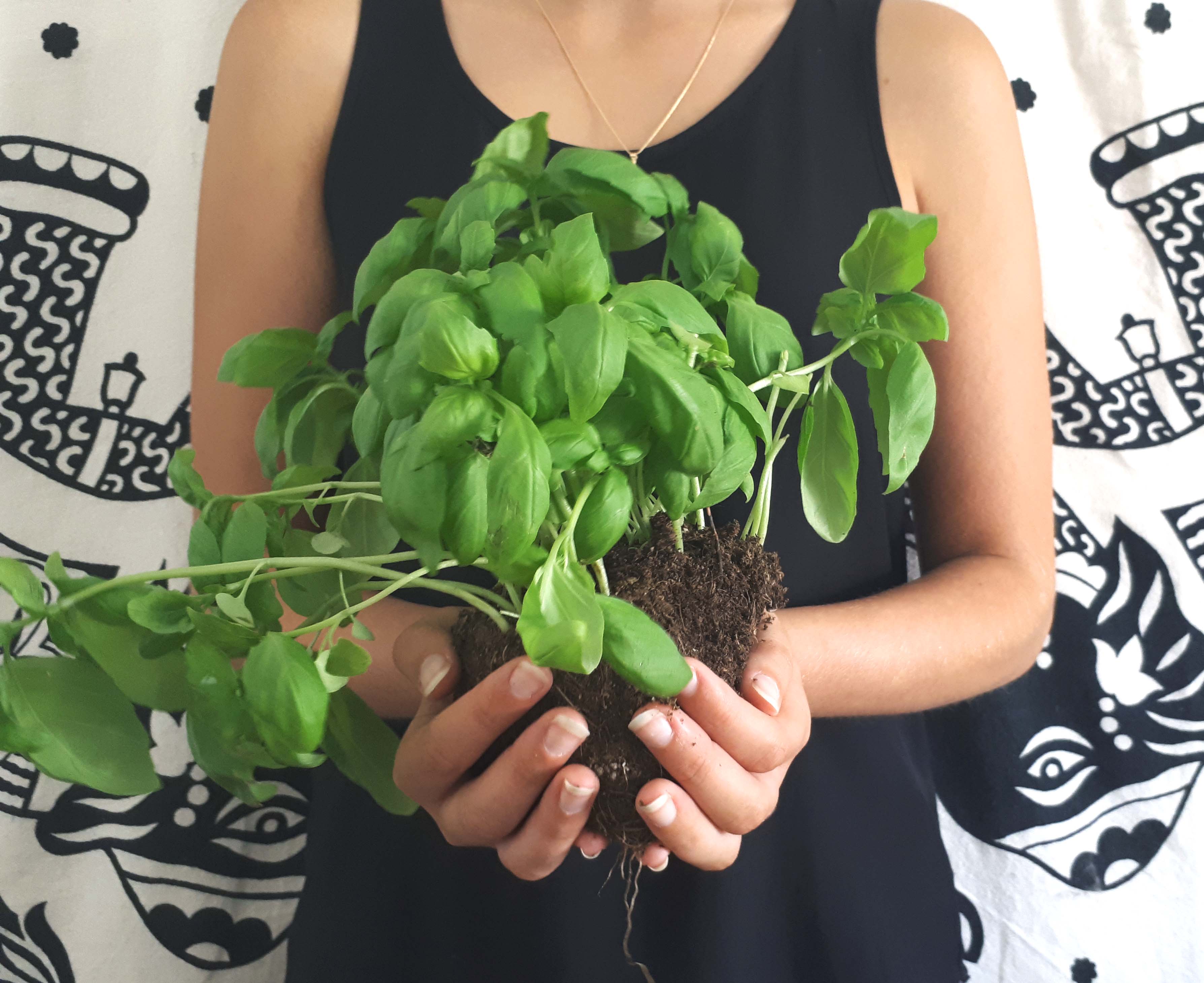We live in a multi-layered world, where intricate ecological and biological interactions continuously adjust as they struggle to find balance in ever-changing environments. Just think of the breathtaking amount of shapes and sizes present in plants, animals, insects, algae, and so on… as well as their various habitats and eco-systems. In addition to the visible part of our biological world, there is the enormous “other portion” that remains elusive to the naked eye and is only visible with a microscope. This microbiotic part of the living world, which includes bacteria, is essential for our ecological balance.
The importance of microbiota for our health and the health of our planet is patent by the multiple scientific publications and projects dedicated to it over the last decade. Of relevance are the earth microbiome project (http://www.earthmicrobiome.org/) and the human microbiome project (https://www.hmpdacc.org/), aimed at analyzing and preserving the enormous variability in microbiota across various ecosystems. These genetic approaches have uncovered an astonishingly ubiquitous and diverse bacterial world as well as established the importance and complexity of animal–bacterial interactions, whether in shared ecosystems or through intimate symbioses.
From an ecological perspective, our bodies can be considered an ecosystem with many niches for the plethora of micro-organisms that inhabit it. Although we have bacteria all over, including on our skin, in our mouths, and in our genital tract, most of the bacteria in our bodies inhabit our intestines. And that is exactly what this article is about, the bacteria in our poop. This population of bacteria can be more formally designated as our gut microbiome, which describes the genetic variability in bacteria through DNA analysis of our feces.
Since our gut bacteria die as soon as they are exposed to air and therefore cannot be harvested in the laboratory, we do not know much about their life cycles. However, thanks to a region of bacterial DNA that is highly variable across species and genera, we have accumulated a significant amount of information regarding the genetic classification of bacteria in gut microbiomes. Comparing feces samples across geographical regions, hunter-gatherer communities, between eating styles, and even seasons, has given us a huge amount of information on the existing variation in gut microbiomes.
Based on their genetic classification and sample number estimates, it is currently thought that we each have approximately 100 trillion bacterial microorganisms in and on us, which is estimated to be equivalent in number to our own number of cells. As mentioned earlier, most of these are found in our gut. Our gut’s commensal and symbiotic microbial community begins to form as we pass through the birth canal, and immediately begins its role in the development of our immune system. Our microbiome then continues to develop while breastfeeding, feeding on various foods, and placing our hands (and everything else we can get a hold of) in our mouths. By the age of approximately two, we have what can be considered a mature microbiome, where just the bacterial part of us expresses 1000x more genes than we do. Also, although each of us has 300-1000 species of bacteria in our guts, there is lots of variability between us, with a limited “core” set of microbes common to us all.
Our gut microbiome has many important jobs, such as nutrient extraction and digestion, producing vitamins, manufacturing hormones involved in fat metabolism, teaching our immune systems how to recognize dangerous invaders, and even producing helpful anti-inflammatory compounds that fight off other disease-causing microbes. And, most interestingly, the bacteria in our gut re-define the term “gut-instinct”, having a role in neuromodulation. In fact, alterations in the gut microbiome have been associated with obesity, depression, anxiety, and autism.
There is no doubt that the gut microbiome influences brain development and behavior, as has been shown by many studies with germ free mice, which do not have intestinal bacteria. An exciting recent scientific publication establishes a direct link between gut bacteria and anxiety. In this study, the researchers identify differences in various molecules that play a role in gene expression (called micro RNAs) in two regions of the brain involved in fear and anxiety. Further characterization of these molecules indicates their potential role in modulating genes associated with anxiety. Importantly, they show a significant portion of these alterations also occur in rats in which the gut bacteria have been killed with antibiotics. Thankfully, most alterations returned to normal once germ-free mice were inoculated with gut bacteria or antibiotic treated rats had time to recover from treatment.
In conclusion, our gut bacteria are important for our physical and mental wellbeing. Thankfully, there are steps we can take to facilitate microbiome (and our) balance and health. Have you ever heard of the so-called WEIRD countries (i.e., Western, Educated, Industrialized, Rich, and Democratic countries)? Unfortunately for the microbiome, WEIRD societies are characterized by urban, industrialized life-styles, with excessive sanitation and hygiene practices and habitual use of antibiotics and other drugs. Moreover, WEIRD diets are generally unhealthy, being high in refined processed foods as well as in protein and-fat.
Considering you are reading this, you likely belong to an urban population, and therefore have a choice on what to eat. When it comes to our microbiome and our health, variety in bacterial species appears to be key. For this, it is best to avoid processed and refined foods. Also, since it is the fiber that we can’t digest that feeds our bacterial friends, we should enjoy plenty of raw fruits and vegetables, preferably organic (without pesticides and herbicides) and not washed with detergents. Besides these prebiotic foods (which feed the bacteria), fermented foods rich in probiotics (live organisms) are also great. These include cheese, yogurt, kefir, beer, wine, pickles, Kombucha, soy sauce, vinegar, breads tempeh, miso, sour kraut, and many more.
Just like everything else about our own personal health, no two are alike and bio-individuality is key. Your microbiome is yours alone, being constructed over time and ever-changing throughout your life. And not just by what you eat, but by which viruses have infected you, which fungi have invaded you, what soils you have touched before touching your mouth… the factors that make you unique are endless.
This brings me to a fun science fact that I would like to share with you. Although biotechnical advances in gene sequencing have allowed for a huge amount of data regarding variability of bacteria on and in us, this is not the case for the other components of our microbiota. In fact, although viruses, fungi, archae, and protists make up a significant portion of our feces, we know very little about them or their roles on the bacteria that occupy the same ecological space in our bodies. This is highly relevant for bacterial variability as well as our bio-individuality because bacteria’s genomes are much more dynamic than those of multi-cellular organisms, due to a phenomenon called horizontal gene transfer. This means that bacteria can “exchange” or “incorporate” pieces of DNA with foreign organisms, thereby greatly increasing their variability.
From a practical perspective, the good news is that the microbiome is highly dynamic, and can change in just weeks. Therefore, enjoy playing in the dirt sometimes. Keep in mind that the interactions between the brain and the gut are complex, and not uni-directional. Although the microbiome has an important role on our health and well-being, our well-being also significantly impacts our microbiome. Thus, the relevance of a balanced life, with adequate amounts of exercise, laughter, loving, sleep and intellectual stimulation. Lastly, the microbiome is highly influenced by what we eat, so enjoy a large variety of wholesome foods rich in plant fiber and healthy fats. Your bacterial friends will thank you and help keep you healthy and happy.
SCIENCE REFERENCES
Bojanova DP, Bordenstein SR. 2016. Fecal Transplants: What Is Being Transferred? PLOS Biology https://doi.org/10.1371/journal.pbio.1002503
de la Cruz F, Davies J. 2000. Horizontal gene transfer and the origin of species: lessons from bacteria. Trends in Microbiology 8:128.
Gupta VK, Paul S, Dutta C. 2017. Geography, Ethnicity or Subsistence-Specific Variations in Human Microbiome Composition and Diversity. Frontiers in Microbiology 8:1162.
Hoban AE, Stilling RM, Moloney RD, Shanahan F, Dinan TG, Cryan JF, Clarke G. 2017. Microbial regulation of microRNA expression in the amygdala and prefrontal cortex. Microbiome 5:102.
McFall-Ngai M, et al. 2013. Animals in a bacterial world, a new imperative for the life sciences. Proceedings of the National Academy of Science USA 110:3229.
Sender
R, Fuchs S. Revised Estimates for the
Number of Human and Bacteria Cells in the Body. PLOS Biology https://doi.org/10.1371/journal.pbio.1002533


